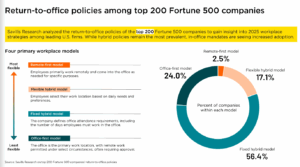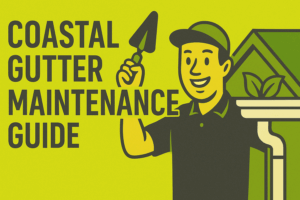Smaller CRE Investors, Make Your Money Work for You
Commercial real estate has been in tight circumstances since interest rates started jumping more than a year ago. After 15 years of dovish monetary policy, the abrupt change left many in CRE dazed and panicked.
Many have been trying to hang on, waiting for rates to fall. Recent news suggests that likely won’t happen quickly or soon enough. But ironically, this is good for many small-to-medium investors.
After a first quarter of disappointing economic news, the Federal Reserve has cried uncle and started to recognize that the mantra of three cuts in 2024 likely wasn’t going to happen. At this point, market watchers expect the earliest a first cut could appear would be September, for a good reason.
Chair Jerome Powell admitted in early May that the central bank likes at least a full quarter of evidence to make strategic decisions. The next quarter of economic news won’t be finally available until mid-July, making a September decision the earliest likely. Others in the central bank, Minneapolis Fed CEO Neel Kashkari and Fed Governor Christopher Walker, have suggested that high rates for an extended period might be necessary.
That seems like bad news, but is it really? Uncertainty remains high, so do interest rates. Transactions are largely depressed, and depending on the asset class, valuations can be as well. Two 25-basis point reductions wouldn’t make that much difference. Even 75 basis points in cuts wouldn’t be compelling for a sudden deal.
What would change things is the combination of factors already appearing in markets. Property owners face loan maturities that they can’t afford to refinance. Lenders might not want to offer extend-and-pretend temporary salvation.
Sizing up the situation
Major investment companies and fund operators like Blackrock, Empire State Realty Trust, and Peebles Corp. have publicly discussed raising money for a “once-in-a-generation” buying opportunity.
The big investors will always have advantages opportunities. They maintain overpowering capital, large sellers under pressure reach out to them, and many connections in the business offer opportunities. Such firms will be the ones to score the biggest deals.
Nevertheless, advantages of size are also drawbacks. Big funds have to put more capital to work at a given time. They can’t afford to undertake smaller deals with too little available margin and are less familiar with smaller local properties.
This is where smaller to medium savvy investors have advantages. There is no need for massive scale. They can work with local sources and brokers they know who have insight into specific markets. But those same dynamics of maturities and needs for either added debt or a sale are also at work—just on a more manageable scale.
CRE investors at this level can try to set things out, waiting for eventual lower interest rates, perhaps a year out, and watch their funds fall to inflation and lost value. Or they can skip opportunity costs and put money to work now, watching values grow over time.
Jonathan Hipp is principal, Capital Markets & head of U.S. Net Lease Group at Avison Young.
The post Smaller CRE Investors, Make Your Money Work for You appeared first on Commercial Property Executive.






